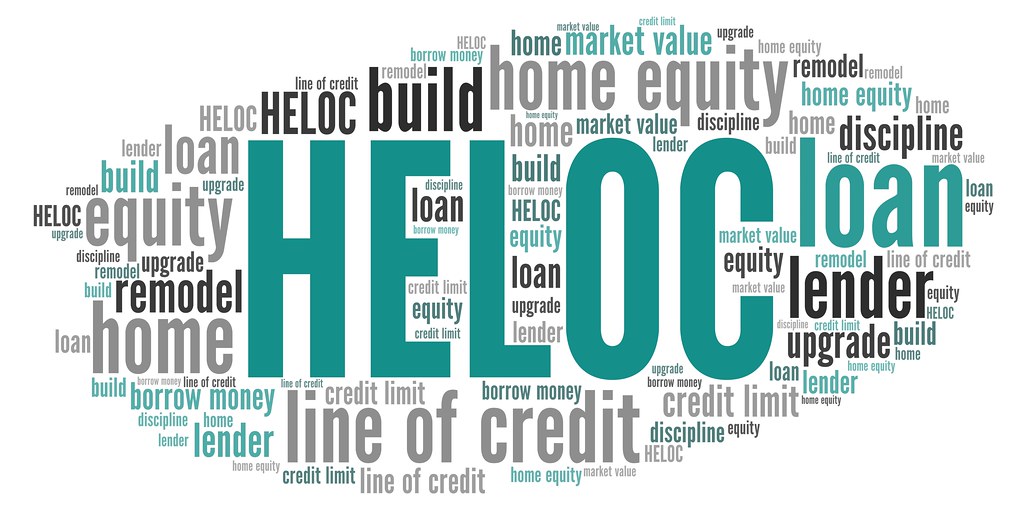5 Bridge Financing Solutions to Fund Your Next Real Estate Investment
Are you a real estate investor looking to fund your next big project but struggling to find the funds to make it happen? Look no further than bridge financing. This short-term loan can provide the funds you need to take advantage of time-sensitive investment opportunities, but it’s important to understand the different options available and their pros and cons before making a decision.
In this article, we’ll dive into 5 bridge financing solutions that can help you fund your next real estate investment. From hard money loans to crowdfunding, we’ll explore the advantages and disadvantages of each option and provide examples of how they can be used to fund real estate investments. So whether you’re a seasoned real estate investor or just starting out, read on to learn how you can use bridge financing to take your investments to the next level.
Understanding Bridge Financing
Before we dive into the different bridge financing solutions, let’s take a moment to understand what bridge financing is and how it works.
Bridge financing is a type of financing that helps bridge the gap between a borrower’s immediate cash needs and their long-term financing goals. It is typically used in real estate to fund the purchase or renovation of a property while waiting for a more permanent source of financing, such as a traditional mortgage, to become available.
Bridge loans typically have higher interest rates and fees than traditional loans, but they can be a useful tool for real estate investors who need quick access to funds to take advantage of time-sensitive investment opportunities.
5 Bridge Financing Solutions
1. Hard Money Loans
A hard money loan is a type of bridge loan that is secured by the value of the property being purchased. Hard money lenders typically lend up to 70% of the property’s value and charge interest rates between 8% and 15%. Hard money loans are a good option for investors who need quick access to funds and have a short-term plan to sell or refinance the property.
Hard money loans are typically used by real estate investors who are unable to obtain financing from traditional lenders due to their credit history or the condition of the property they are looking to purchase. Hard money lenders are primarily interested in the value of the property and the borrower’s ability to repay the loan, rather than their credit score or financial history.
One of the benefits of hard money loans is that they can be approved quickly, sometimes within a few days, which can be important for real estate investors who need to move quickly to secure a property. Hard money loans are also a good option for real estate investors who are looking to flip a property quickly, as they can be repaid within a matter of months.
2. Home Equity Line of Credit (HELOC)
A home equity line of credit (HELOC) is a type of loan that allows homeowners to borrow against the equity in their home. HELOCs typically have lower interest rates than hard money loans, but they also have longer repayment terms. HELOCs are a good option for investors who already own a property and need funds to purchase their next investment property.
HELOCs are typically used by real estate investors who have a significant amount of equity in their primary residence and are looking to leverage that equity to fund their next investment property. HELOCs are a good option for investors who are looking for longer-term financing, as they typically have repayment terms of 10 years or more.
One of the benefits of a HELOC is that the borrower only pays interest on the amount of money they borrow, rather than the entire loan amount. This can be a good option for real estate investors who are looking to borrow money for a specific project or purchase, rather than a lump sum.

3. Crowdfunding
Crowdfunding is a newer form of financing that allows multiple investors to pool their money together to fund a real estate investment. Crowdfunding platforms typically charge fees and have minimum investment requirements. Crowdfunding is a good option for investors who want to invest in real estate but don’t have the capital to do it on their own.
Crowdfunding is typically used by real estate investors who are looking to invest in larger properties or projects that require a significant amount of capital. Crowdfunding platforms allow investors to invest in real estate projects with as little as $1,000, making it a more accessible option for investors who don’t have the capital to invest in real estate on their own.
One of the benefits of crowdfunding is that investors can diversify their portfolio by investing in multiple real estate projects with relatively small amounts of money. Additionally, crowdfunding platforms typically provide investors with detailed information about the projects they are investing in, allowing them to make more informed investment decisions.
4. Private Money Loans
Private money loans are similar to hard money loans, but they are typically funded by individuals rather than institutions. Private money lenders typically charge higher interest rates than hard money lenders, but they may also be more flexible in their lending criteria. Private money loans are a good option for investors who need quick access to funds and have a solid relationship with their lender.
Private money loans are typically used by real estate investors who have an existing relationship with a lender, such as a friend or family member, who is willing to provide them with financing. Private money loans can be a good option for investors who are unable to obtain financing from traditional lenders or who need quick access to funds to take advantage of a time-sensitive investment opportunity.
One of the benefits of private money loans is that the terms of the loan can be more flexible than traditional loans, allowing investors to negotiate terms that are more favorable to their specific situation.
5. Seller Financing
Seller financing is a type of financing where the seller of the property provides the financing to the buyer. Seller financing can be a good option for investors who are having difficulty obtaining traditional financing or who want to negotiate more favorable terms with the seller. Seller financing typically has higher interest rates than traditional loans, but it can also provide more flexibility in the terms of the loan.
Seller financing is typically used by real estate investors who are purchasing a property directly from the seller, rather than through a traditional real estate transaction. Seller financing can be a good option for investors who are looking to purchase a property that is difficult to finance through traditional lenders or who want to negotiate more favorable terms with the seller.
One of the benefits of seller financing is that the terms of the loan can be negotiated directly with the seller, allowing investors to tailor the terms of the loan to their specific situation.
Warning
Bridge financing can be a useful tool for real estate investors, but it is important to be aware of the risks involved. Bridge loans typically have higher interest rates and fees than traditional loans, which can make them more expensive in the long run. Additionally, bridge loans are short-term loans, which means that they must be repaid quickly. If the borrower is unable to secure long-term financing or sell the property within the designated time frame, they may face significant financial consequences, including foreclosure or bankruptcy.
It is important to carefully consider the terms of the loan and the borrower’s ability to repay the loan before accepting any form of bridge financing.
Examples of Bridge Financing
Let’s take a look at some examples of how bridge financing can be used to fund real estate investments:
Example 1: Renovation Financing:
A real estate investor purchases a fixer-upper property with the intention of renovating it and selling it for a profit. They take out a hard money loan to fund the purchase and renovation of the property. Once the renovations are complete, the investor sells the property for a profit and repays the hard money loan.
Example 2: Multifamily Acquisition Financing:
A real estate investor wants to purchase a multifamily property but is unable to obtain traditional financing due to the property’s condition. They take out a private money loan to fund the purchase and renovation of the property. Once the renovations are complete, the investor refinances the property with a traditional lender and repays the private money loan.
Example 3: Bridge-to-Permanent Financing:
A real estate investor purchases a commercial property with the intention of leasing it to a long-term tenant. They take out a bridge loan to fund the purchase and renovations of the property. Once the renovations are complete, the investor refinances the property with a permanent loan and repays the bridge loan.
Final Words
Bridge financing can be a valuable tool for real estate investors who need quick access to funds to take advantage of time-sensitive investment opportunities. However, it is important to carefully consider the terms of the loan and the borrower’s ability to repay the loan before accepting any form of bridge financing.
There are several different types of bridge financing, including hard money loans, HELOCs, crowdfunding, private money loans, and seller financing. Each option has its own advantages and disadvantages, and it is important to weigh the pros and cons of each option carefully before making a decision.
Remember to always do your due diligence and work with a reputable lender who has experience in the real estate industry. With the right financing in place, you can take advantage of time-sensitive investment opportunities and grow your real estate portfolio.
So, What type of bridge financing have you used in the past? Share your experience in the comments below!
